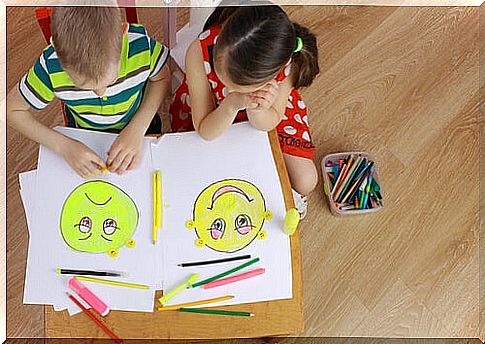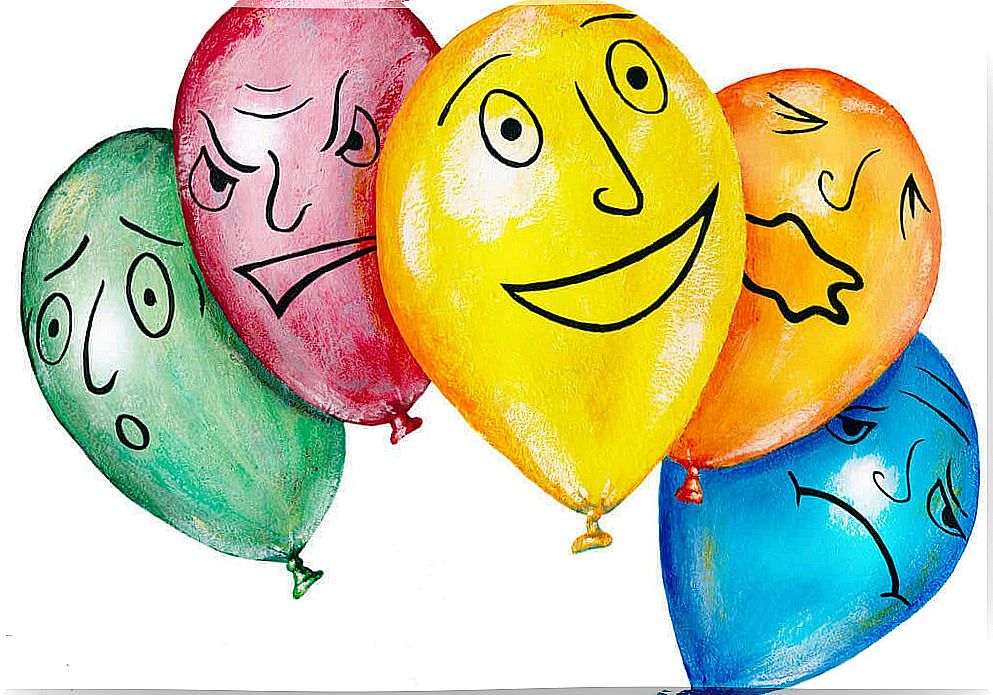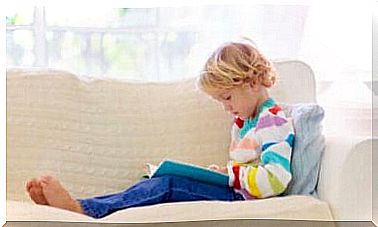5 Emotional Intelligence Dynamics For Kids

Emotional intelligence, an aspect often overlooked, is one of the main factors affecting a person’s well-being and a child’s optimal development and maturation.
Emotional intelligence is one of the main aspects of a person’s integral development. It can be worked in different ways and in different areas: at home, at school or in specialized sessions with professionals, among others. We teach in this article five emotional intelligence dynamics for children.
First, let’s define: what is emotional intelligence? Emotional intelligence is the ability to perceive, assimilate and control our own emotions or those of others, developing our intellect and our emotional state.
Although emotional intelligence is often not among our priorities, like intellectual ability or physical well-being, it is an aspect that runs through a large part of our lives.
First, because it is directly related to the union we establish with ourselves and with other people. It defines self-awareness, control of feelings and the way to face these bonds with our peers.
Furthermore, it also establishes a way of life and a communicative style of its own, based on our vision of the world, ourselves and others.
5 Emotional Intelligence Dynamics for Kids
Next, we’ll look at some emotional intelligence dynamics for children so that you can work with them on this very important aspect of personality.

1.- Names and qualities
On a sheet of paper, ask the child to write their first and last name. Then, for each of the initials in the names, ask her to choose a positive characteristic that she thinks defines her. For example, if the child calls Alberto, he can choose: kind, loyal, good, energetic, smiling, tolerant and organized.
If the first and last name is too long, it is possible to choose one of them so that the exercise is not too difficult.
On the other side of the sheet, ask the child to name someone important to them. In addition, she should write words that indicate how this person helped her transformation. For example: love, company, help, etc.
2.- The charge
In this other dynamic of emotional intelligence for children that we are going to develop, the teacher, the mother, the tutor or the person responsible for leading the activity must present a hypothetical situation in which the child is accused of bad behavior. It could be through a story (to make the exercise more impersonal) or based on an alleged lack of loyalty to a friend, just to name two possible examples.
Once the situation has been posed, the child should write a response in which he describes how he would react in that situation. Then, the positives and negatives are classified and collectively discussed why the former are better.
3.- List of emotions
In this case, children should create a list of emotions, feelings or sensations and write them down on a sheet of paper. It is also possible to do it digitally if it is more convenient.
Then, the adult advisor must guide, in a group or individually, the elaboration of a definition for each of the mentioned items.
As with other emotional intelligence dynamics for children, this one aims to identify feelings and the child’s true understanding of the meaning of the emotions that go through his head.

4.- Facial expressions
It is one of the most complex dynamics of emotional intelligence for children. First, the adult guide should have some face images that express emotions prepared in advance. A useful piece of advice: it is possible to take advantage of the children’s familiarity with the “emojis”, which have the function of representing feelings.
It is also possible to do the opposite: write the emotion and ask the child to express it with gestures.
From this, it is possible to work on identifying a feeling, enumerating which other feelings can be accompanied and counting moments when the children felt that way.
5.- Artistic expression
Art is one of the means of expression of the human being par excellence. Children are no exception. For this activity, which can be carried out individually or in groups, the objective will be to express yourself by painting the emotions felt at the moment on a sheet of paper.
Context is extremely important to this work. It can be nice to put songs to play. If the goal is to promote a particular sensation, a suitable genre can be chosen. Interaction between children, if the activity is carried out in groups, is prohibited.
Later, it is possible to create a debate in which each participant will explain their work and the emotions they chose to represent, as well as the reasons for their choice.
In conclusion, we can guarantee that knowing how to differentiate, manage and resolve our emotions will allow us to lead a more balanced life on the mental plane. The more defined these strategies are, the more active and resolute we will be. Therefore, working on emotional intelligence from childhood is an excellent idea.









